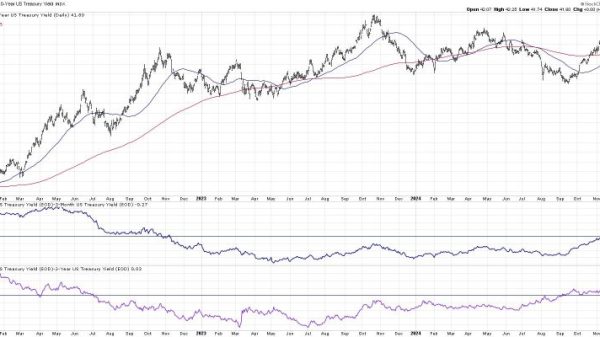In analyzing the impact of the Affordable Care Act (ACA), commonly known as Obamacare, on the cost of healthcare in the United States, it is crucial to consider multiple factors that have shaped the landscape of healthcare costs since the law was enacted in 2010. While there are differing opinions on the effectiveness and consequences of the ACA, it is important to delve into the complexities of the healthcare system to understand the nuances of its impact on costs.
One of the key assertions made by critics of Obamacare is that it massively increased the cost of healthcare. While it is true that healthcare costs in the U.S. have continued to rise over the years, it is essential to differentiate between the factors driving these cost increases. The rising costs of healthcare predate the ACA and are influenced by a myriad of factors such as advances in medical technology, an aging population, and an increase in chronic diseases.
The implementation of the ACA brought about significant changes to the healthcare system, including expanding Medicaid eligibility, establishing health insurance marketplaces, and implementing regulations to protect consumers. These changes aimed to increase access to healthcare coverage, improve quality of care, and control costs. For example, the ACA introduced subsidies to help lower-income individuals afford health insurance, thereby reducing the burden of healthcare costs on those populations.
Furthermore, proponents of the ACA argue that the law has led to a slowdown in the growth of healthcare costs. According to data from the Centers for Medicare and Medicaid Services (CMS), the rate of healthcare spending growth has slowed since the implementation of the ACA. This trend suggests that the ACA may have had a moderating effect on healthcare costs, contrary to claims that it massively increased costs.
It is important to acknowledge that the impact of the ACA on healthcare costs is complex and multifaceted. While some studies suggest that the ACA has had a minimal impact on overall healthcare costs, others point to specific provisions of the law that have led to cost savings and improved efficiency in the healthcare system. For instance, value-based payment models incentivize healthcare providers to deliver high-quality care at lower costs, thus promoting cost-effective practices.
In conclusion, the relationship between Obamacare and healthcare costs is not straightforward, and it is essential to consider the broader context of the healthcare system in assessing its impact. While the ACA has undoubtedly brought about changes in healthcare delivery and coverage, attributing the entirety of healthcare cost increases to the law oversimplifies a complex issue. Moving forward, a comprehensive understanding of the factors driving healthcare costs will be crucial in addressing the challenges facing the U.S. healthcare system.


























